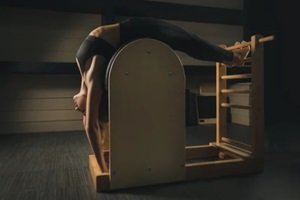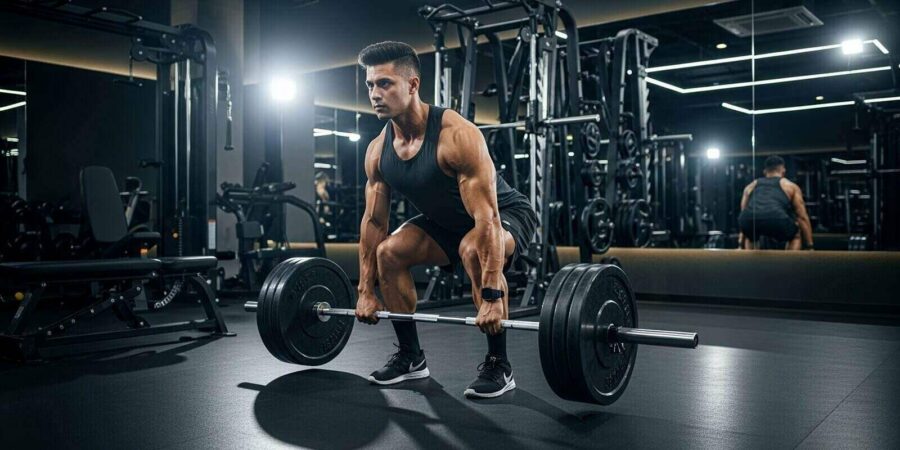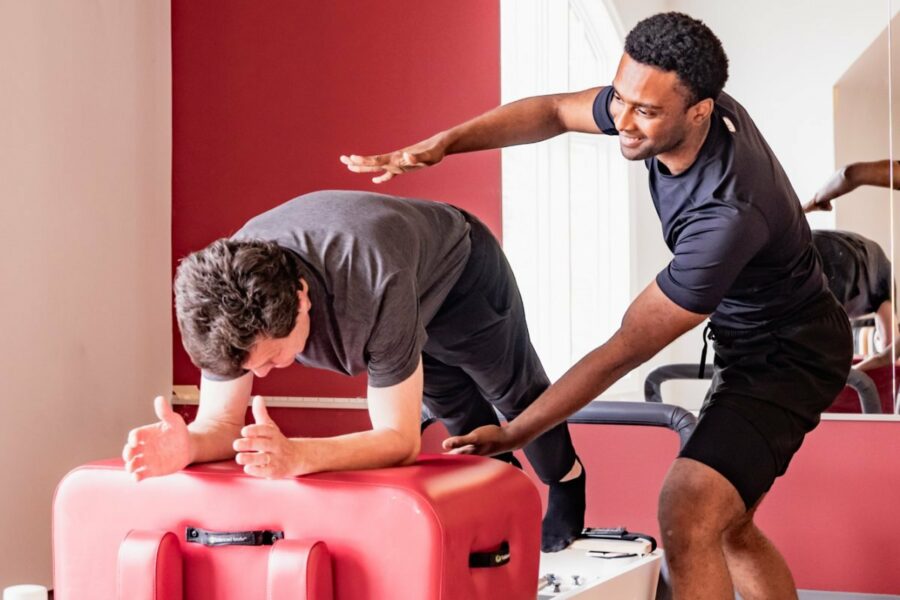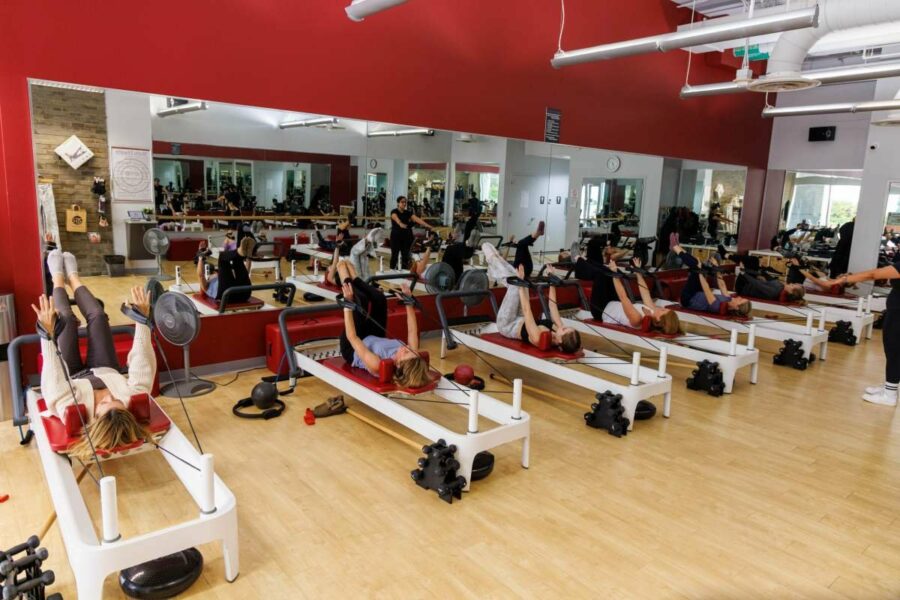 If you’ve suffered an injury or are recovering from surgery or an illness, you know how frustrating it can feel to have your normal routines disrupted. However, Pilates can be a powerful tool to help you regain strength, mobility, and balance during and after the rehabilitation process.
If you’ve suffered an injury or are recovering from surgery or an illness, you know how frustrating it can feel to have your normal routines disrupted. However, Pilates can be a powerful tool to help you regain strength, mobility, and balance during and after the rehabilitation process.
With a focus on building core strength, alignment, and mind-body awareness, Pilates provides a holistic approach to healing both body and mind. While it originated nearly a century ago as a rehabilitative exercise system, Pilates is widespread and continues to grow in popularity.
A closer look will show you how incorporating Pilates classes, such as those at RTR Pilates, can get you back on your feet.
Improving Flexibility and Mobility
After an injury, illness, or surgery, stiffness and reduced range of motion are common; Pilates exercises can improve flexibility in a safe, gentle way. Many Pilates movements focus on the mobility of the spine and aim to restore normal extension and flexion.
Pilates also utilizes stretches through the hips, shoulders, and other major joints. Over time, practicing moves will lengthen tightened muscles and enhance overall mobility. As your flexibility returns, everyday tasks and activities will become easier.
At RTR Pilates, we recommend starting with classes specifically designed for beginners to get accustomed to the movements. Our Level 1 classes are perfect for complimenting your healing journey.
Strengthening Key Muscle Groups
In addition to improving flexibility, Pilates builds strength in muscles that support the areas of your body that are healing. The conditioning principles of Pilates target specific muscle groups in a balanced way.
For instance, if you have a knee injury, Pilates can strengthen the thigh and hip muscles that stabilize the joint.
With the guidance of a , you will learn modifications to avoid overworking injured tissues while safely strengthening supportive muscles.
This creates stability and prevents future re-injury. Props such as resistance bands add extra challenge when you’re ready.
Restoring Alignment and Balance
 Many injuries stem from or are complicated by muscle imbalances that affect posture and alignment over time. Pilates aims to restore proper alignment and equilibrium to the body. The neutral spine position, for example, retrains the ideal posture by engaging the core.
Many injuries stem from or are complicated by muscle imbalances that affect posture and alignment over time. Pilates aims to restore proper alignment and equilibrium to the body. The neutral spine position, for example, retrains the ideal posture by engaging the core.
Pilates also improves proprioception – your sense of body position and spatial awareness. This enhances your balance, coordination, and control of movement. As a result, you’ll feel grounded and stable as you return to normal activities.
Connecting Mind and Body
Some forms of exercise isolate muscle groups, whereas Pilates emphasizes the mind-body connection. By drawing focus to your breath and being present throughout each movement, you gain greater awareness and control of your body.
This mindfulness is incredibly valuable during rehab allowing you to tune into sensations, modify movements in response to discomfort, and track your progress. Pilates gives you an active role in the healing process.
Customizing Your Rehab Routine
One major benefit of Pilates is that it can be adapted to varying abilities. Beginners start with basic exercises, such as the Level 1 class at RTR Pilates, then gradually work up to intermediate and advanced moves at an appropriate pace. An experienced Pilates instructor will guide your movements based on your ability.
Relieving Back Pain
If you have lower back pain, gentle Pilates movements can ease tension, realign the spine, and strengthen the abdominals and back extensors.
As back muscles grow stronger, you may be able to try swan dive repetitions using the reformer for added resistance. Always be sure to move carefully within a pain-free range of motion.
Recovering From Knee Injuries
Knee pain and injuries are common, especially among athletes. Pilates can be ideal for strengthening knees after strains, sprains, fractures, or surgery.
While lying down, heel presses on the footbar and leg circles with feet in straps will help regain mobility. Standing exercises such as squats and pliés will strengthen the quadriceps and hamstrings while avoiding high-impact stress.
Healing Shoulder Problems
The shoulder joint has immense mobility, but this also makes it susceptible to overuse, instability, and impingement. Pilates strengthens the rotator cuff and scapular muscles for injury prevention.
The hundred prep and swimming exercises reinforce stable shoulders while stretching the chest muscles. Use light resistance as you rebuild strength.
Post-Surgery Rehabilitation
Pilates is a great way to get moving again after orthopedic surgery helping to stimulate circulation and reawaken your mind-body connection for better balance and strength. Increase intensity gradually only under your doctor’s guidance.
Managing Chronic Conditions
 For those with chronic illnesses such as fibromyalgia, Pilates can help in managing pain and fatigue. A Pilates regimen creates strength to support joints, while other movements stretch helping to ease muscle tension.
For those with chronic illnesses such as fibromyalgia, Pilates can help in managing pain and fatigue. A Pilates regimen creates strength to support joints, while other movements stretch helping to ease muscle tension.
The mental focus of Pilates may also aid symptoms. Work closely with your instructor to adapt exercises as needed.
Continue Your Healing Journey with RTR Pilates
If you’re recovering from an injury or condition, don’t let it keep you sidelined. Pilates can get you back on the road to health.
At RTR Pilates, we offer a diverse range of classes for all levels of fitness that will help you regain mobility and strength while improving your mind-body connection. Contact us today to continue your healing journey.



